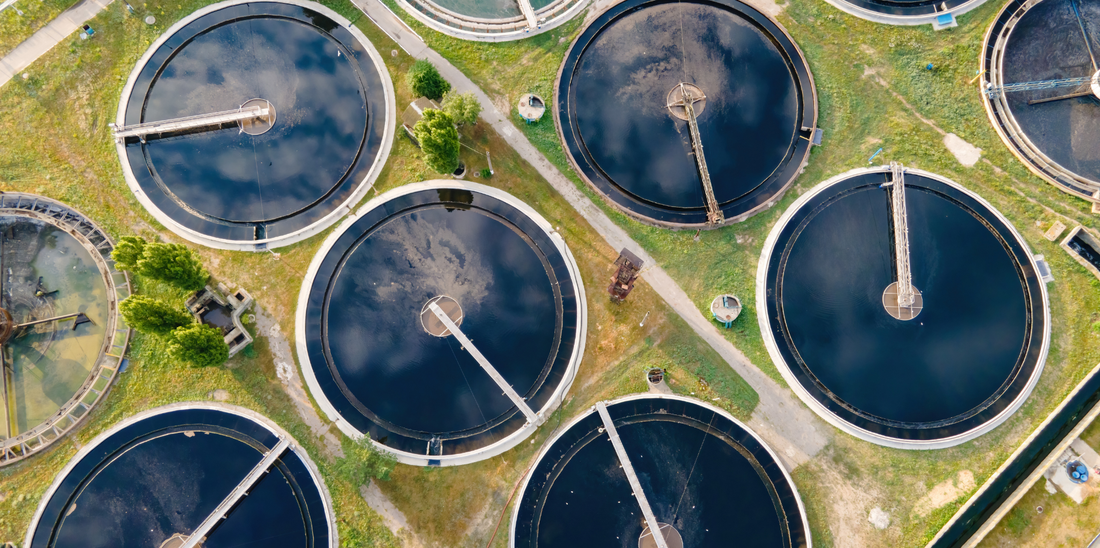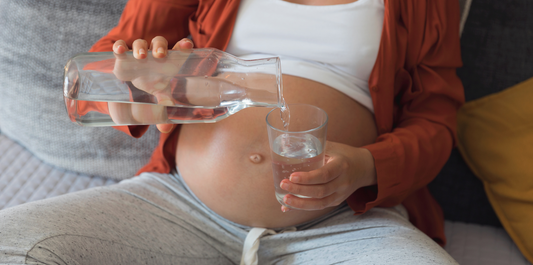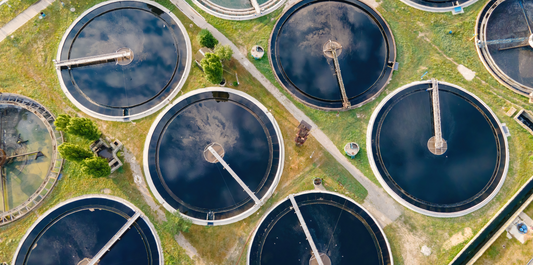Se desarrolla en Luxemburgo un caso judicial que podría afectar algo más que los presupuestos públicos: también podría influir en el agua que sale de tu grifo. Varias de las mayores compañías farmacéuticas y de cuidado personal del mundo —Bayer, Novo Nordisk, Unilever y Procter & Gamble, entre otras— han demandado a la Unión Europea por la nueva directiva sobre aguas residuales. El núcleo de la disputa es quién debe costear la eliminación de los residuos de fármacos y cosméticos en las aguas urbanas. Si las empresas ganan, las mejoras críticas de las plantas de tratamiento podrían retrasarse, y los contaminantes seguirán pasando por instalaciones obsoletas y llegando a ríos y embalses que abastecen a numerosas poblaciones.
Qué exige la directiva y por qué las empresas se oponen
A finales de 2024, la UE actualizó la Directiva sobre el Tratamiento de Aguas Residuales Urbanas. Exige que los Estados miembros eliminen alrededor del 80 % de los micropoluentes farmacéuticos y cosméticos antes de 2045; hoy apenas se retira un 30–40 %, según la sustancia. El pilar es la Responsabilidad Ampliada del Productor (RAP), que asigna al menos el 80 % de los 1.200 millones € anuales estimados a los fabricantes.
El sector apoya la depuración, pero denuncia trato desigual: otras fuentes —agricultura, productos domésticos o uso recreativo de drogas— no asumen la misma carga. Además, advierte que los precios de muchos medicamentos subirían; por ejemplo, la metformina podría encarecerse de forma notable. Por eso el caso ha llegado al Tribunal de Justicia de la Unión Europea.
No es solo política: afecta al agua de tu casa

Antes de este litigio, las aguas superficiales europeas ya estaban bajo presión: menos de un tercio cumple los estándares químicos «buenos». Persisten compuestos farmacéuticos, metales pesados, pesticidas y retardantes de llama bromados, que se acumulan con el tiempo.
Mientras los responsables discuten quién paga la depuración, los residuos siguen pasando por plantas diseñadas décadas atrás, incapaces de filtrar trazas de fármacos en concentraciones ínfimas. Para niños, embarazadas o personas inmunodeprimidas, esta exposición continuada resulta especialmente preocupante.
Cómo llegan los residuos farmacéuticos a las aguas de Europa
Hormonas, antidepresivos y analgésicos se han detectado en ríos y lagos europeos. No es un riesgo teórico. Aunque existen programas de devolución segura en farmacias, el problema principal procede de medicamentos arrojados al inodoro o excretados por el cuerpo; las redes de saneamiento no están preparadas para captarlos a nivel molecular.
Los retrasos pueden durar años, pero hay opciones ahora
Las demandas podrían aplazar la directiva durante años. Incluso si se confirma, cada país deberá modificar leyes, conseguir fondos y construir infraestructuras avanzadas.
Para protegerte de inmediato, instálate filtración en el punto de uso.
Ósmosis inversa en casa: así cubre AquaTru la brecha

AquaTru ofrece una alternativa clara mientras los sistemas públicos se actualizan. Nuestros equipos compactos de ósmosis inversa eliminan una amplia gama de contaminantes, incluidos residuos farmacéuticos.
Cada unidad se somete a pruebas independientes y publicamos los resultados en nuestras hojas de datos de rendimiento. La purificación patentada en cuatro fases —filtración mecánica, pretratamiento para cloro y cloramina, membrana de ósmosis inversa y carbón activado de coco— elimina productos químicos, fármacos y metales pesados, todo ello en formato de encimera o bajo fregadero.
Protege tu agua hoy
El proceso legal puede alargarse, pero la calidad del agua no puede esperar. Con AquaTru reduces ya la exposición a residuos farmacéuticos, microplásticos, pesticidas y metales pesados en tu hogar.
Consulta nuestros resultados certificados y elige el modelo AquaTru que mejor se adapte a tus necesidades.




